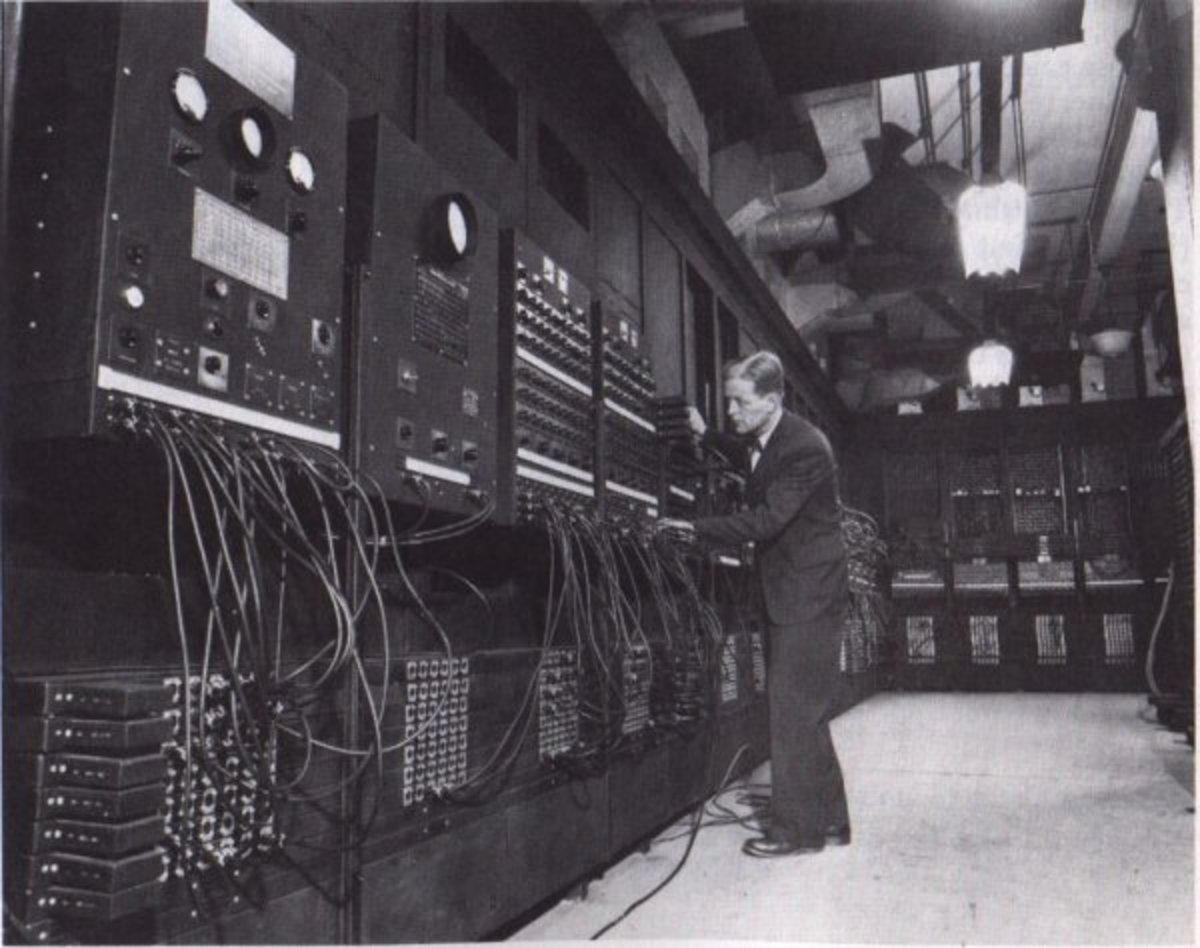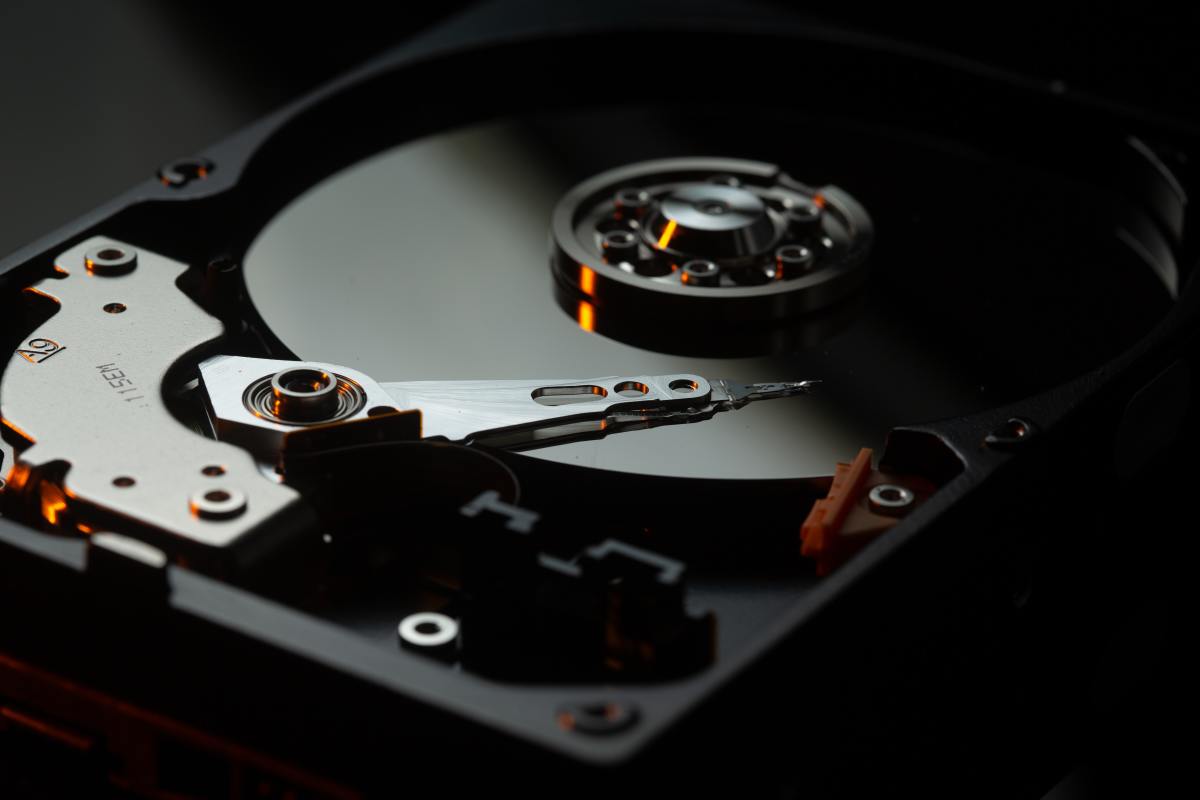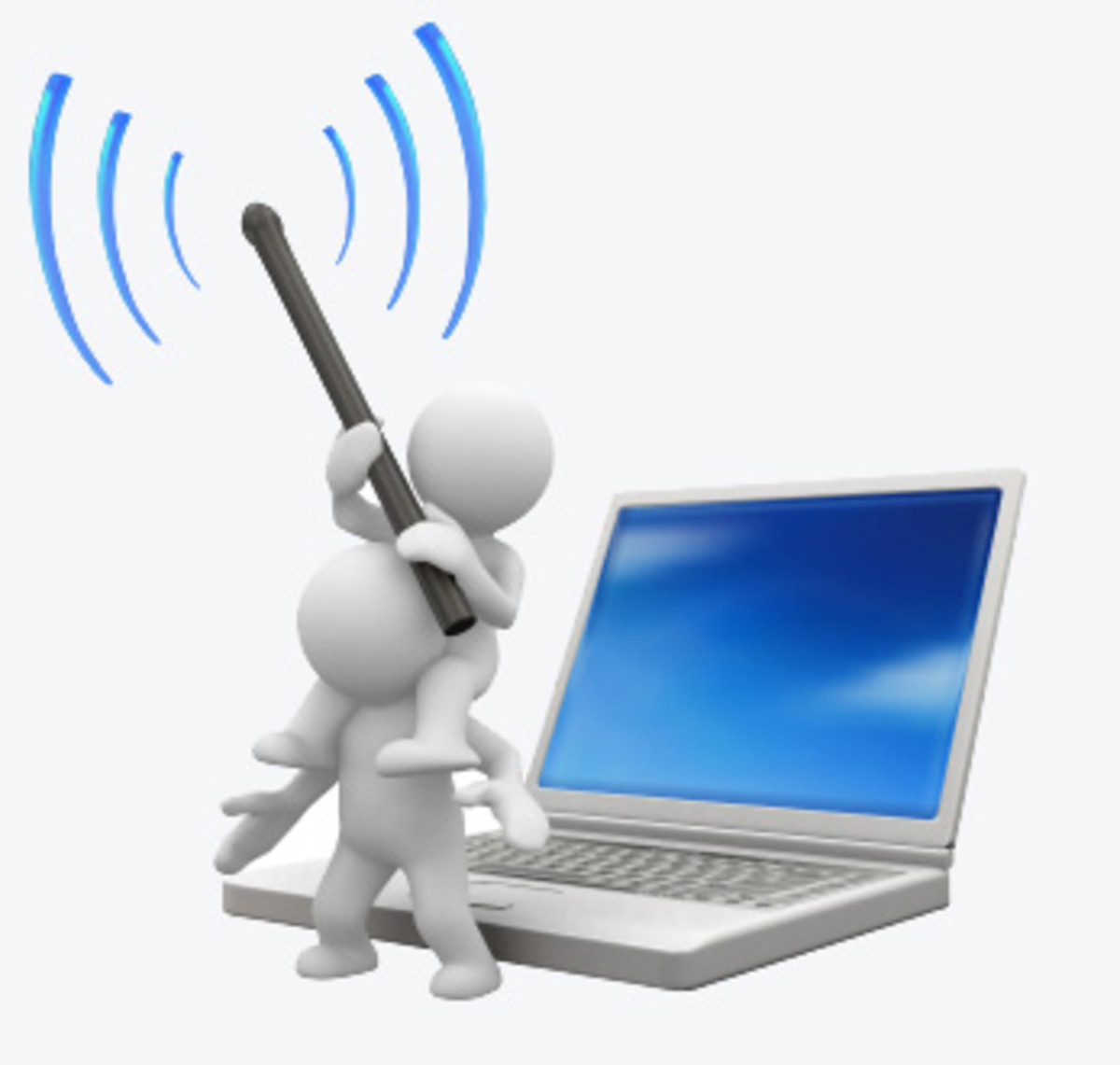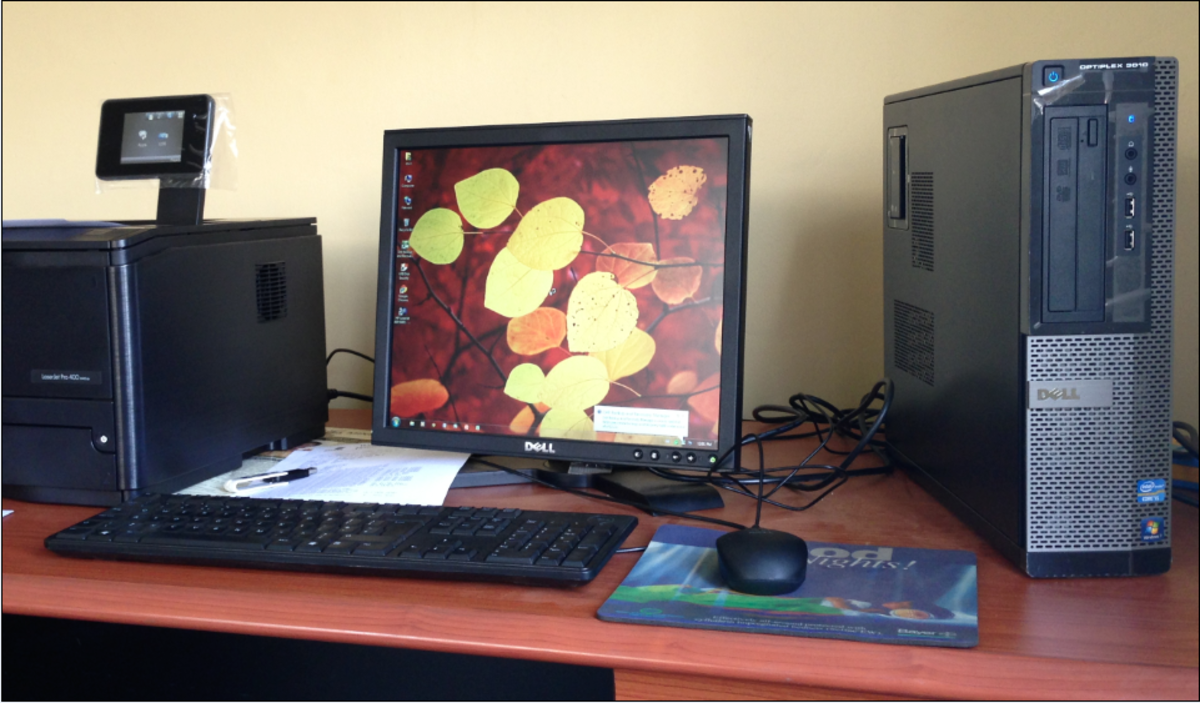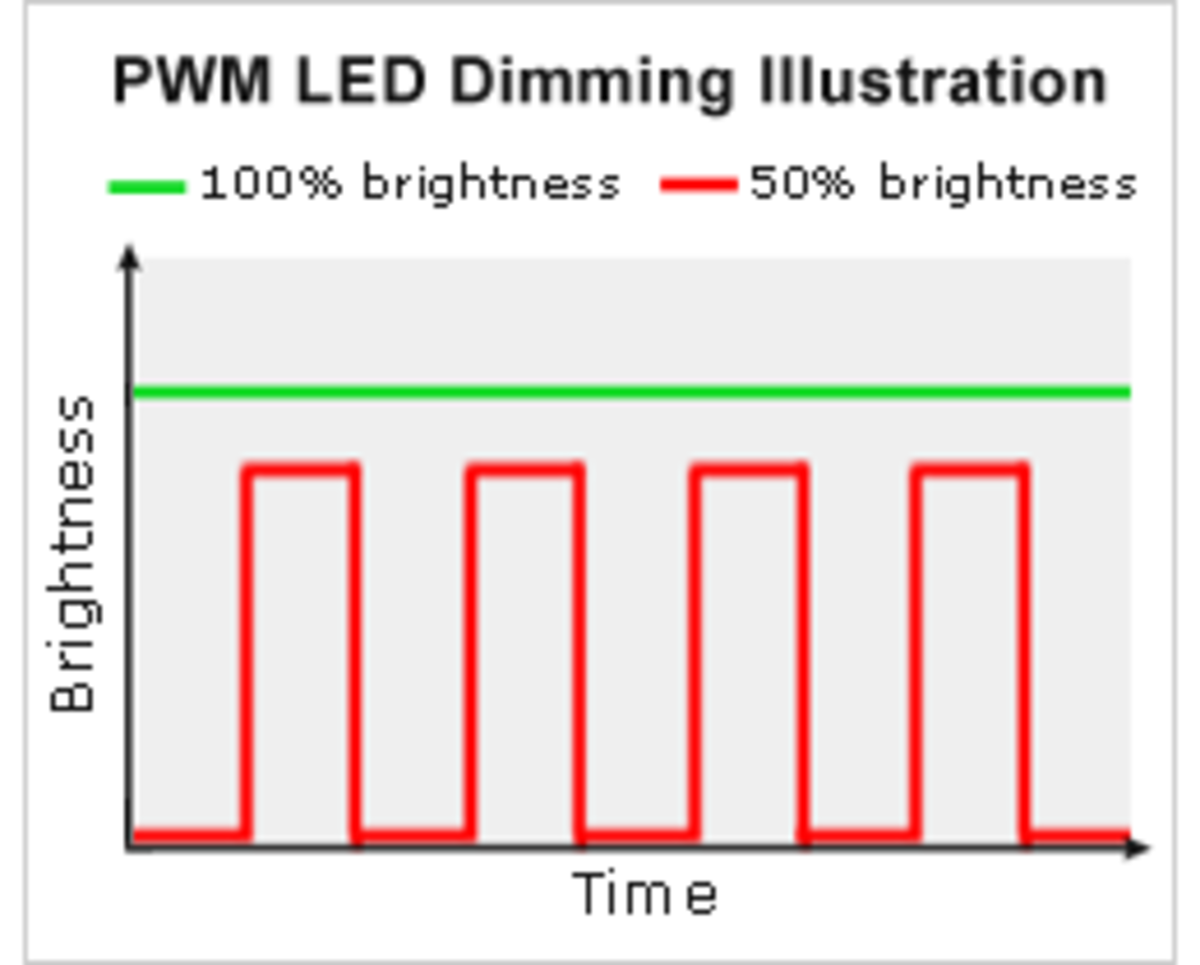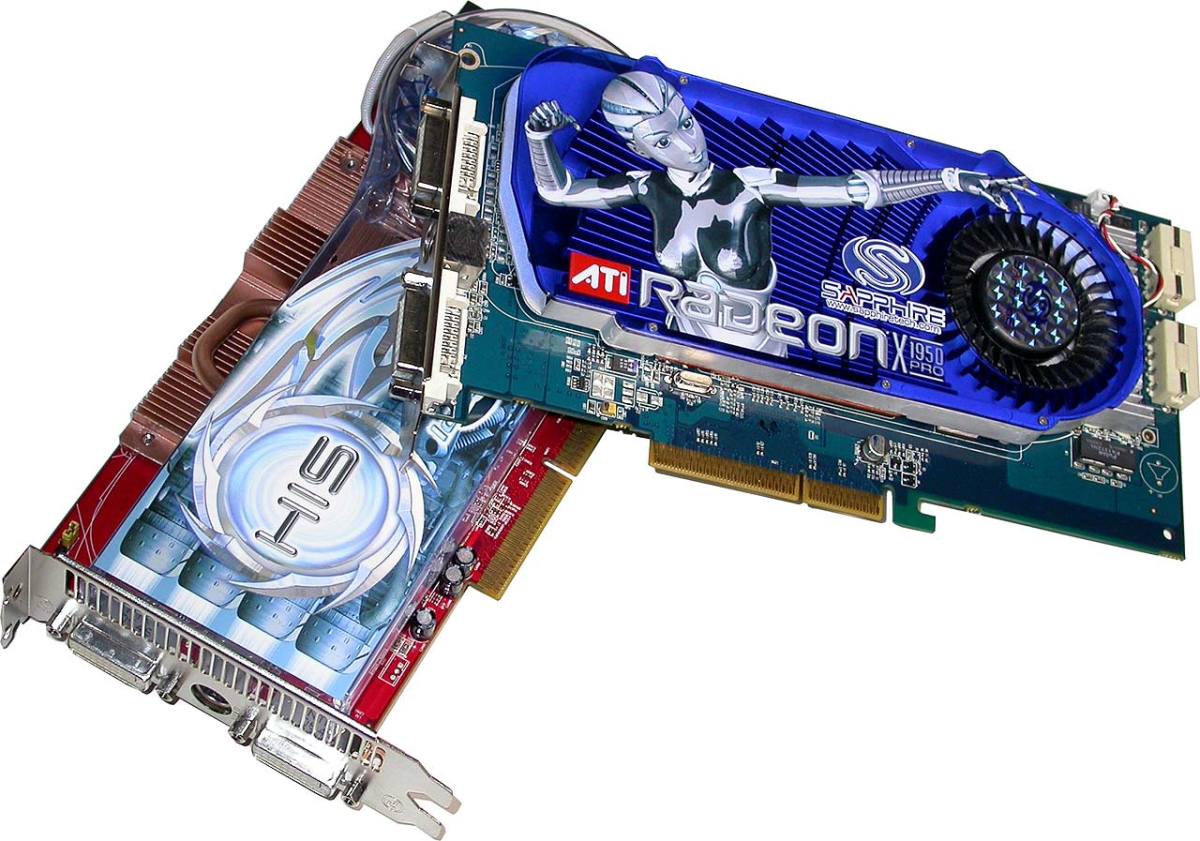Computer Input-Output Devices
Whereas input and output devices are best explained in their separate entities, there are stand-out devices which offer both functionalities. These devices are categorized loosely as input output devices.
They permit data input as well as output.
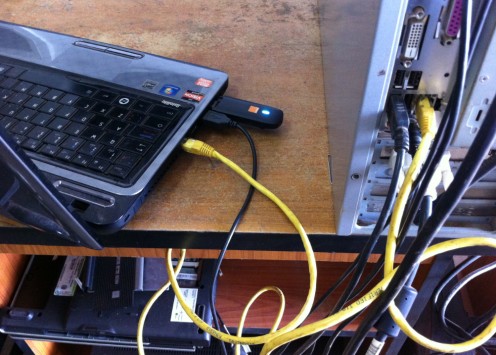
1. Network Hardware
Network installation an configuration can be used as input output hardware. This permits the transfer of data and information between two or more computers. This network can be wired (Ethernet) or wireless and once configured correctly will bring into life a Local Area Network (LAN) that is wired and wireless respectively.
Wired network
Either of the above installations uses standard protocols and devices in order to make communication possible. In order to install and enable Ethernet communication, some or all of the following devices need to be installed and configured:
- Ethernet card
- Ethernet cable
- RJ-45
- Router/Access point/switch
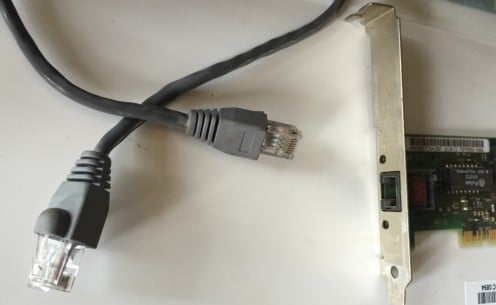
First, an Ethernet card is installed manually on available PCI or PCI-e slot inside the computer, if none is installed. Actually, all computers ship with network cards preinstalled.
The card has a special connectivity port protruding through the rear of the computer. This is where the user plugs in one end of the Ethernet cable provided. The connecting end is terminated with an RJ-45 connector. Another RJ-45 connector should also be terminated at the opposite end of the Ethernet cable. It is the RJ-45 connector that plugs into the network card of the two connecting computers, or to a router/switch.
Ethernet ports and telephone jacks look almost similar only that the former are a little wider.
Ethernet cables can be purchased online or from local retailers. They can also be made at home using a special crimping tool.
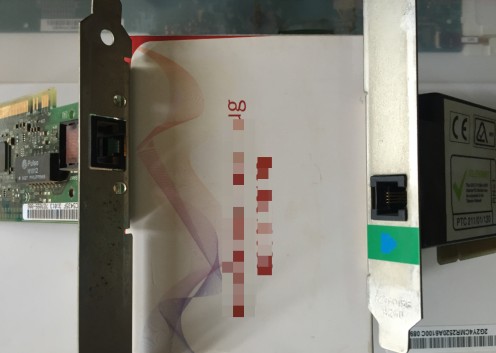
Wireless network
In order to install and enable wireless communication, one or both items below should be installed and configured:
- Wireless interface card
- Router/Access Point
Fortunately, every new laptop ships with an inbuilt wireless interface card, but the user may need to install USB card or replace a dead one with a new card. These cards rarely die though.
The user may also need to install a wireless network card in a desktop computer at home. Wireless cards are available as USB dongles, standard PCI cards or PCI-express (PCI-E) cards. The preferred card is then installed onto the corresponding motherboard slot inside the desktop computer.
Upon installation, two or more wireless devices can communicate via ad-hoc setup or a router/access point interface.
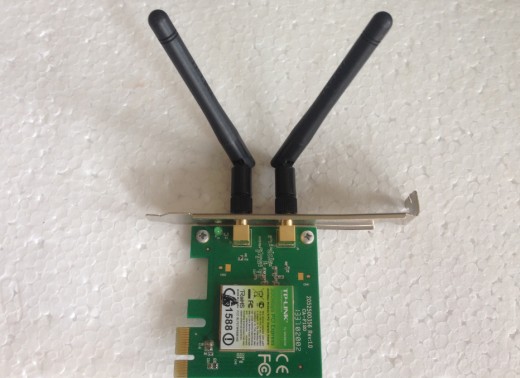
2. Modem
A modem is short for MOdulator-DEModulator and does the dual assignment of converting to and from digital to analog signals. It is input output hardware which permits transmission of voice and internet signals via telephone or cable lines.
Traditional modems are capable of dual transmission and must be installed at both the sending and receiving computers. They enable the conversion of transmitted data from analog to digital and digital to analog.
From the computer, the information is digital but is soon converted to analog waves as it enters the telephone line. When it reaches the next computer, also equipped with a modem, the information is converted back to digital data. Thus, it permits output to a remote computer and receives input from the same computer.
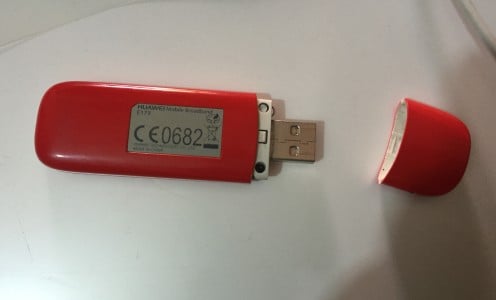
Mobile broadband modems are also used to permit internet connectivity. These modems use mobile telephone systems like GPRS, WiMAX, and HSPA. They are usually in the shape of dongles and attached to the computer via USB ports, or data/network adaptor, or used via the smartphone.
3. Audio Interfaces
A sound card in the computer is capable of IO functionality since it permits incoming and outgoing voice signals.
By use of the microphone, the user can capture snippets or full scale sound recordings, and using the same card, can send audio files to output devices through the speaker outlet or other medium.
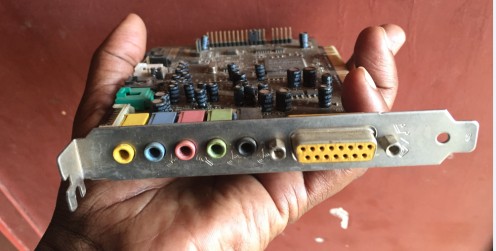
4. Bluetooth
Two computers that are integrated with Bluetooth devices can be paired to allow transfer of files between them. Files can also be shared between mobile devices and desktop or laptop computers.
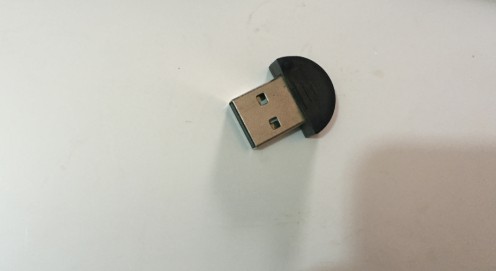
Do you think Bluetooth is still a viable file transfer device?
5. Touch Screen
The touch-screen is popular with mobile devices and aside from providing the traditional function of an output device, is also an input device. To effect the input function, the user figure(s) manipulates the touch sensitive display by swiping, tapping and applying various touch options in order to input data. At the same time, the user can visualize real-time the desired outcome on the same touch screen.
This is particularly useful while playing games or engaging in social media chats.
The user can also manipulate the menu setup of an ATM (automated teller machine) touch screen in order to initiate withdrawal of cash. Both input and out details show on the screen.
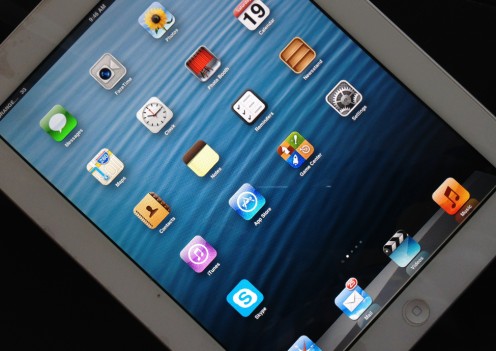
6. USB Memory Media
It is no news that devices that plug onto USB ports are used for storage purposes. Interestingly, the same devices offer two additional functions. They avail the user both input and output functions.
Users can transfer files between computers either for input or output reasons.
Examples of USB devices used in file transfer:
- External disk drive
- USB stick
The devices mentioned here also double as storage mediums.
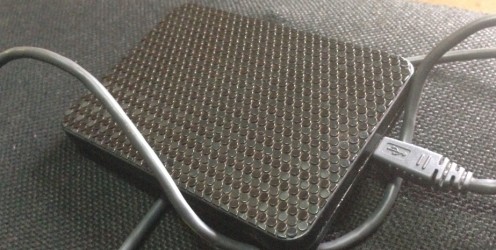
7. SD Cards
SD stands for Secure Digital and is basically representative of storage device for digital camera. As a plus, they are used as a media to transfer files between computers, just like the optical drives and USB devices listed above.
SD cards also double as storage devices.
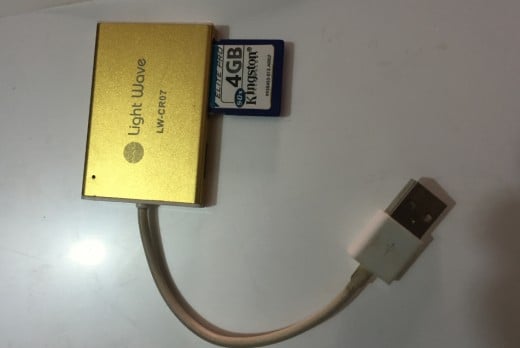
9. Optical Drives
Optical drives just like USB devices permit file transfer between computers. They can be used to input as well as output data between computers.
Optical drives also double as storage devices.
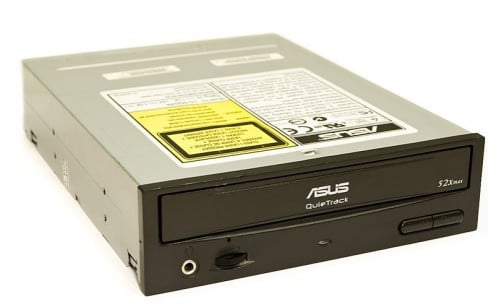
© 2017 Alfred Amuno

